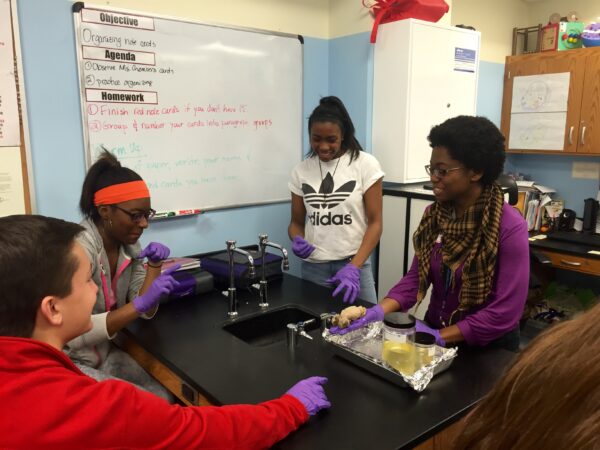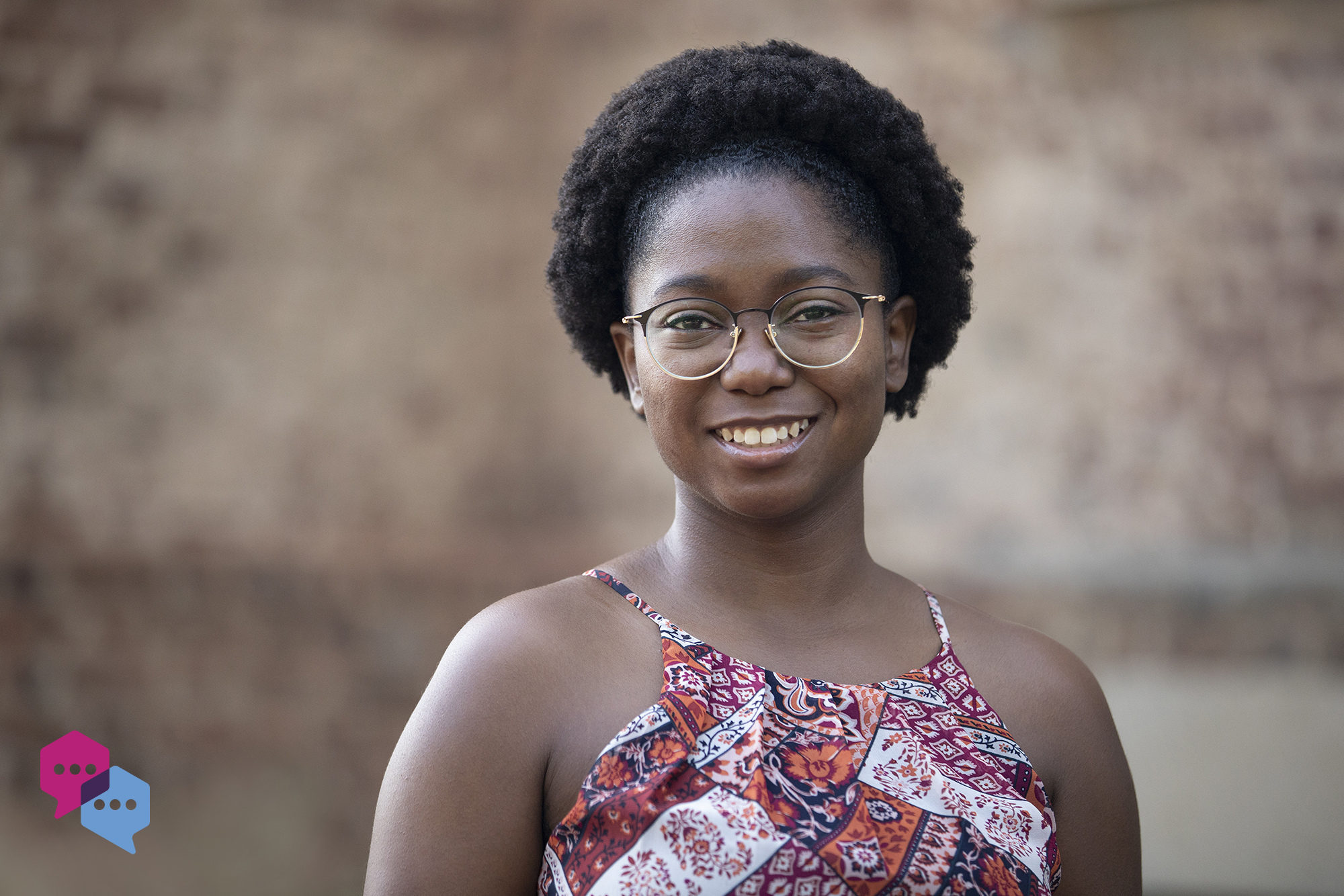Q: When you were a child, what was your response to this question: “What do you want to be when you grow up?”
A: I wanted three professions — all at the same time. First, I loved building with Legos, creating new “inventions,” and making booby traps (inspired by “Home Alone”). So I wanted to be an engineer or inventor who could create new toys for kids. Second, I truly could not understand why the president of the U.S. had not eliminated poverty yet, and I wanted to eliminate that and homelessness. Lastly, I wanted to be a medical doctor. I admit, it was a bit ambitious.
Q: Share the pivotal moment in your life that helped you choose your field of study.
A: My interest in neuroscience started with a seventh-grade science fair project, comparing adults to children in their ability to solve a word puzzle. It was by no means the same scope as a government-funded project, but it led me to a stream of questions: How do we learn? What underlying functions facilitate various cognitive function? What happens when the system is disrupted? How can we alter and enhance this process? Ever since, I have continued to ask more brain-related questions and to find ways to answer them.

Ashburn (right) discusses the neuroanatomy of a sheep’s brain with a middle-school class.
Q: Tell us about a time you encountered a tricky problem. How did you handle it and what did you learn from it?
A: Before entering the neuroscience PhD program at Georgetown University, I decided to defer a year and work as a program coordinator for a study on Alzheimer’s disease. I was responsible for recruiting subjects, administering behavioral testing, and collecting the neuroimaging data. As many human researchers know, recruiting human subjects is always difficult — particularly for a specific neurological disorder. This was also the first time I was responsible for recruitment and, at the time, the only method I had encountered was through flyers.
After a couple weeks of minimal success, I reassessed the problem and the goal. The problem was clear: We weren’t getting as many subjects as we had hoped. The goal was to bring in subjects, but it was also to effectively disseminate information about our research study, which means relaying information about the study in layman’s terms. So I did more research for ways to recruit subjects. I reached out to other labs to learn about their subject recruitment methods and practiced describing the study with less science jargon. Overall, I learned the importance of using university and community resources and how to be present in my research in a way that is accessible for everyone.
Q: Describe your research in 5 words.
A: Cerebellum, cognition, children — oh my!
Q: What are your passions outside of research?
A: A few of my passions are science-adjacent. For example, I love teaching neuroanatomy, organizing science outreach events for school-aged children, and mentoring. But I also enjoy baking, ice skating, exploring nature, and finding the nearest sunrise.


